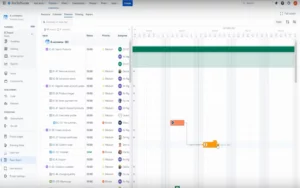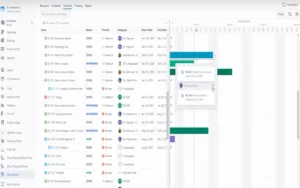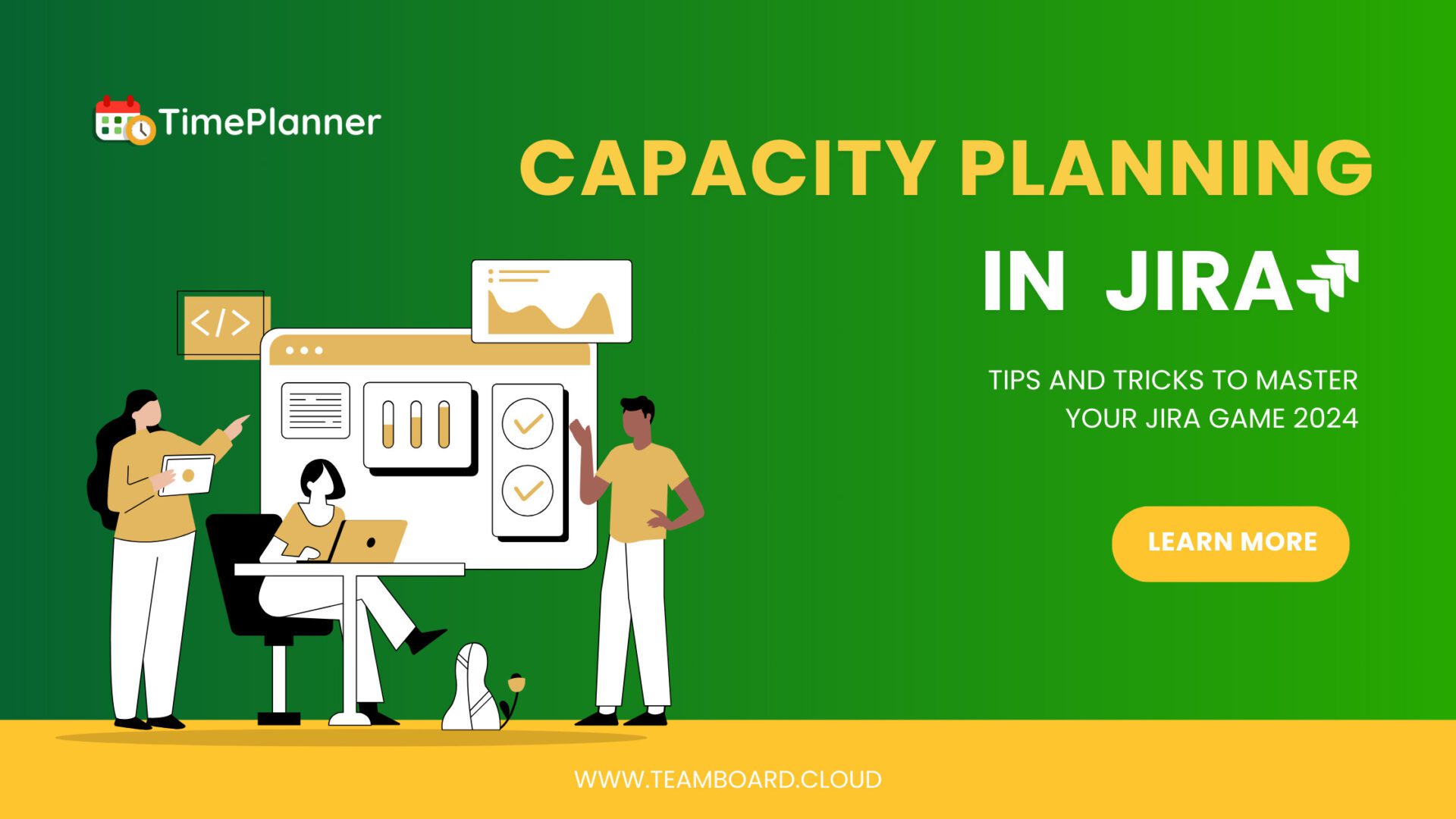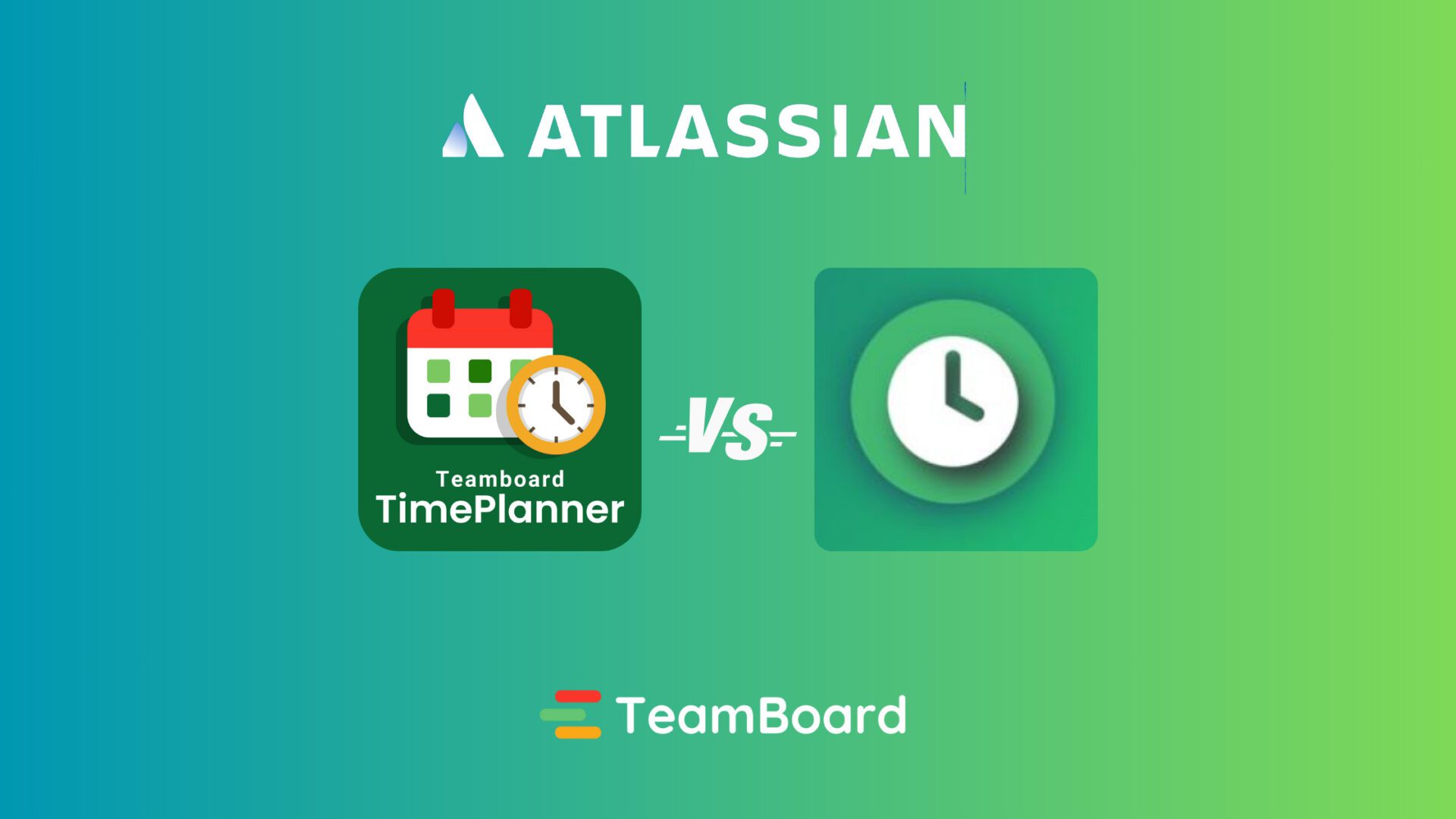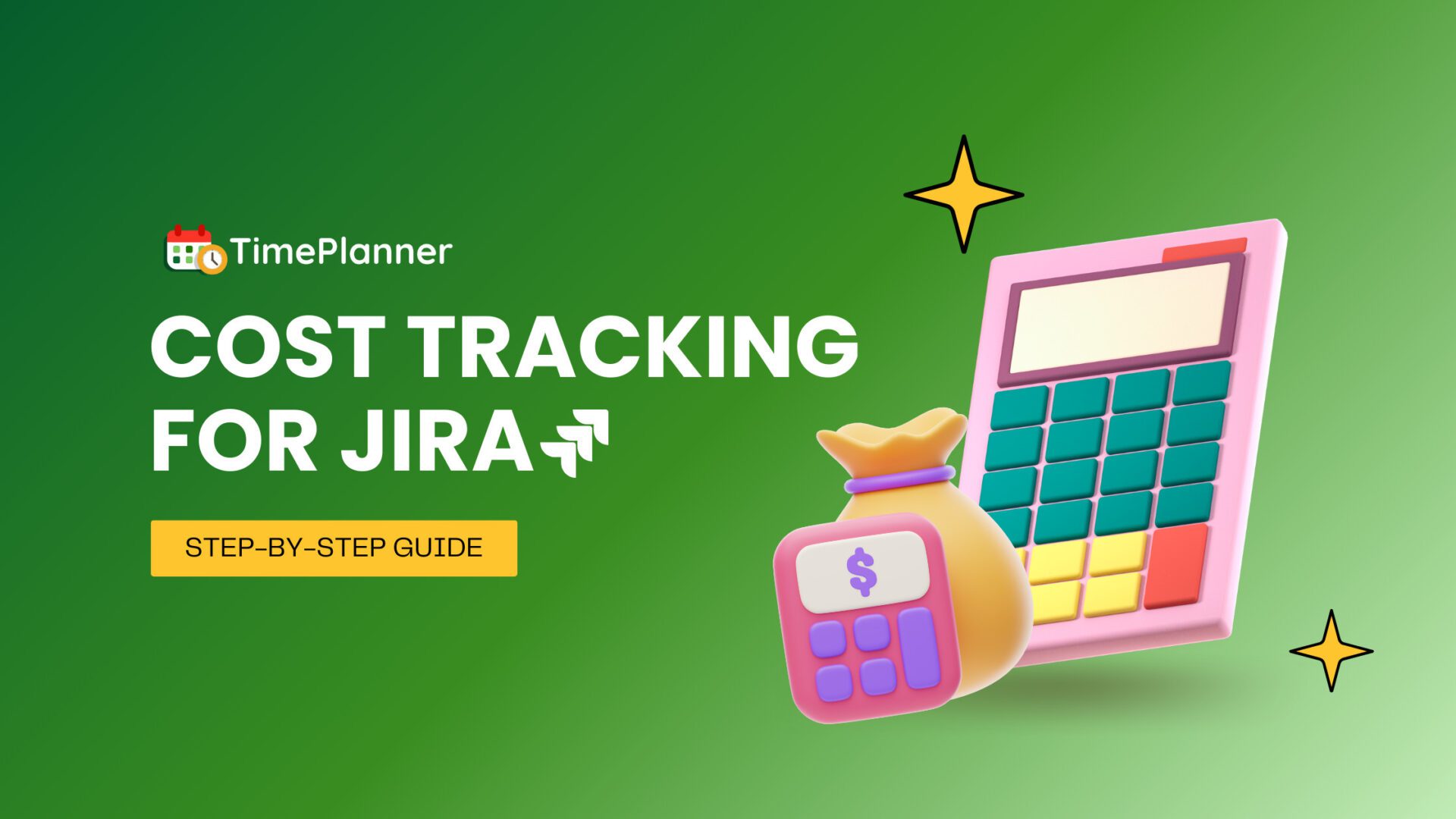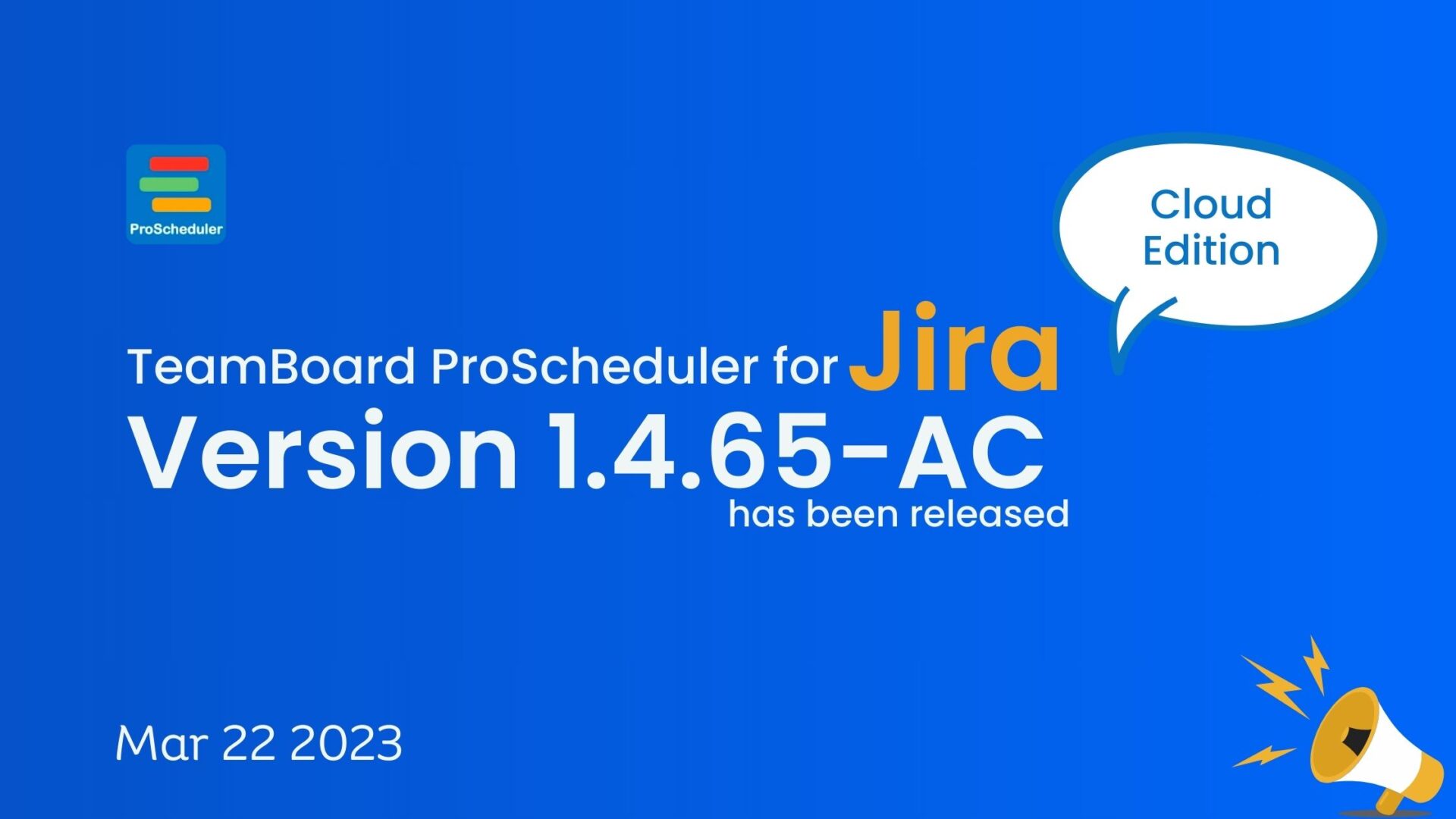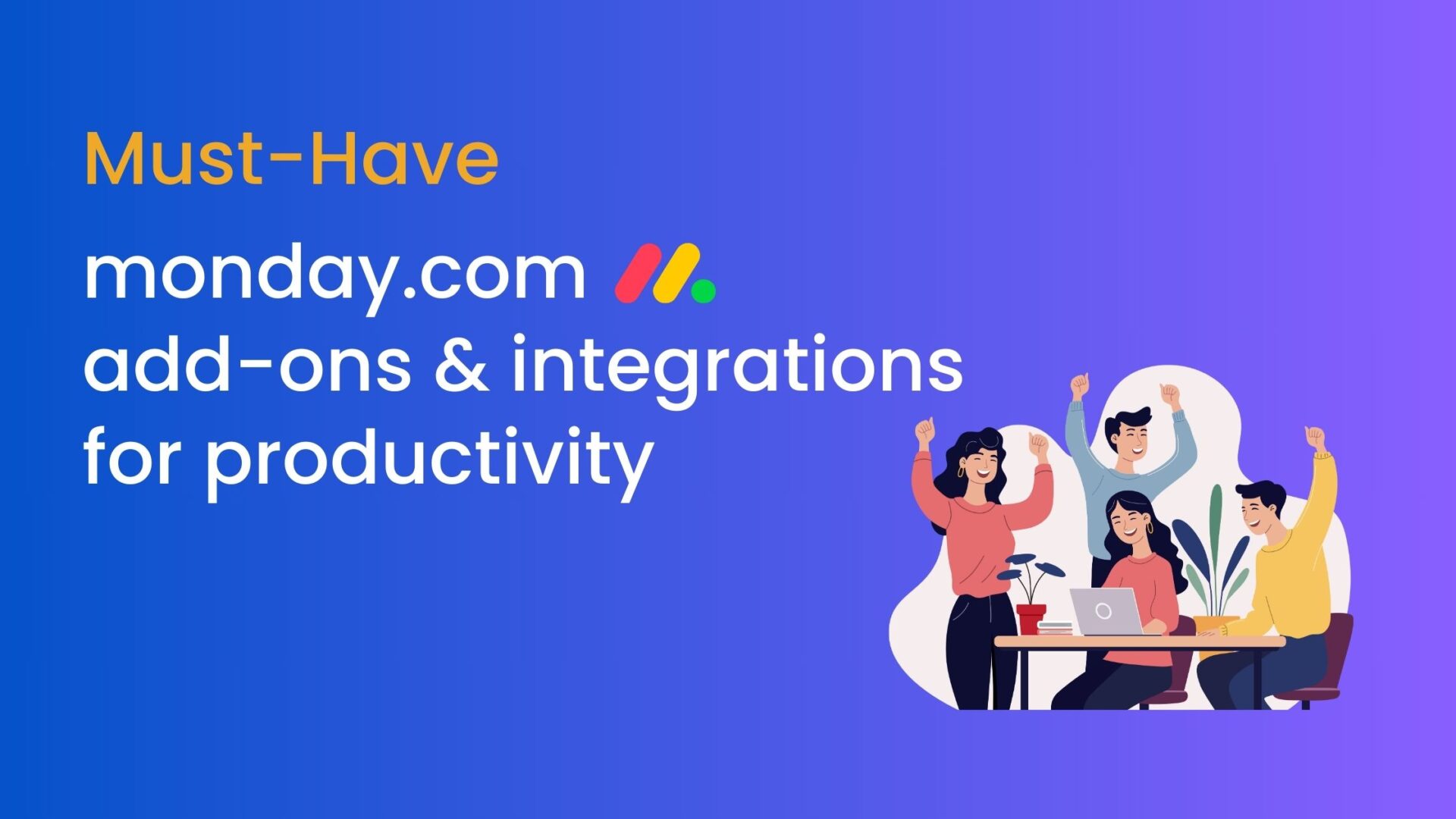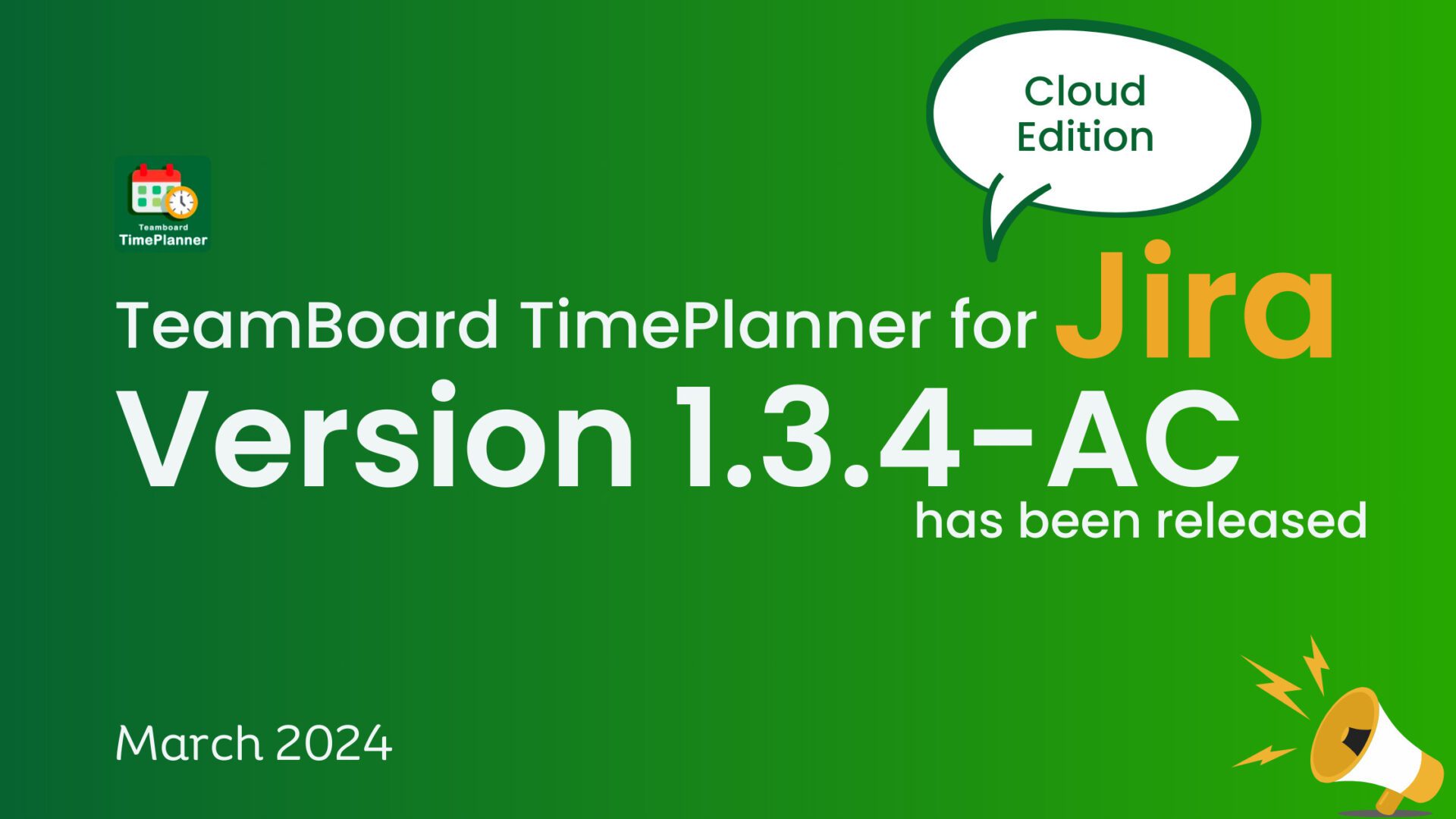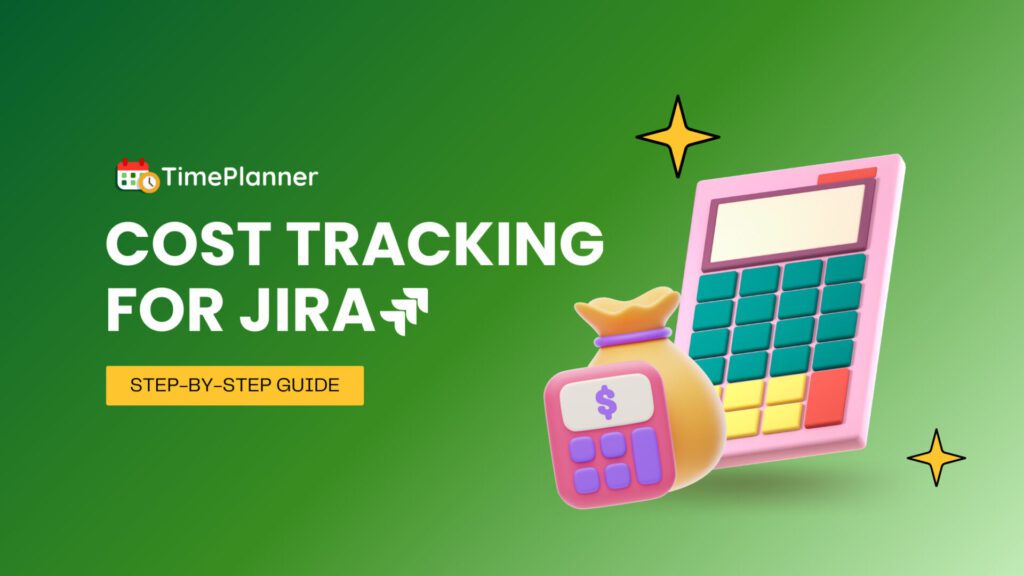Table of Contents
7 Tips for Managing Project Budgets | How to track Project Budget
Managing project budgets is frequently easier said than done. This is particularly true today when businesses scramble to recover from the worldwide pandemic and realign their corporate goals with a new operating style.
Effective project management depends on a proper project budget.
However, only 34% of organizations claim to consistently or primarily execute projects within budget, down from 43% of organizations who claimed this last year.
You can learn how to budget for a project with the help of these suggestions, which range from developing a thorough project plan to identifying the significant surprises that’ll blow your budget.
What is a Project Budget?
Let’s define a project budget in the first place before we go into the specifics of how to create one.
Project budgets include all the costs associated with activities, tasks, and milestones. In a nutshell, it’s the entire sum of money required to complete the project and must be approved by all parties concerned.
Managers and stakeholders can better track the project budgets by deciding how the project team will divide spending among tasks and activities.
Before starting any project, determine and define its budget. In most circumstances, until the project requirements alter, you won’t be able to increase your budget.
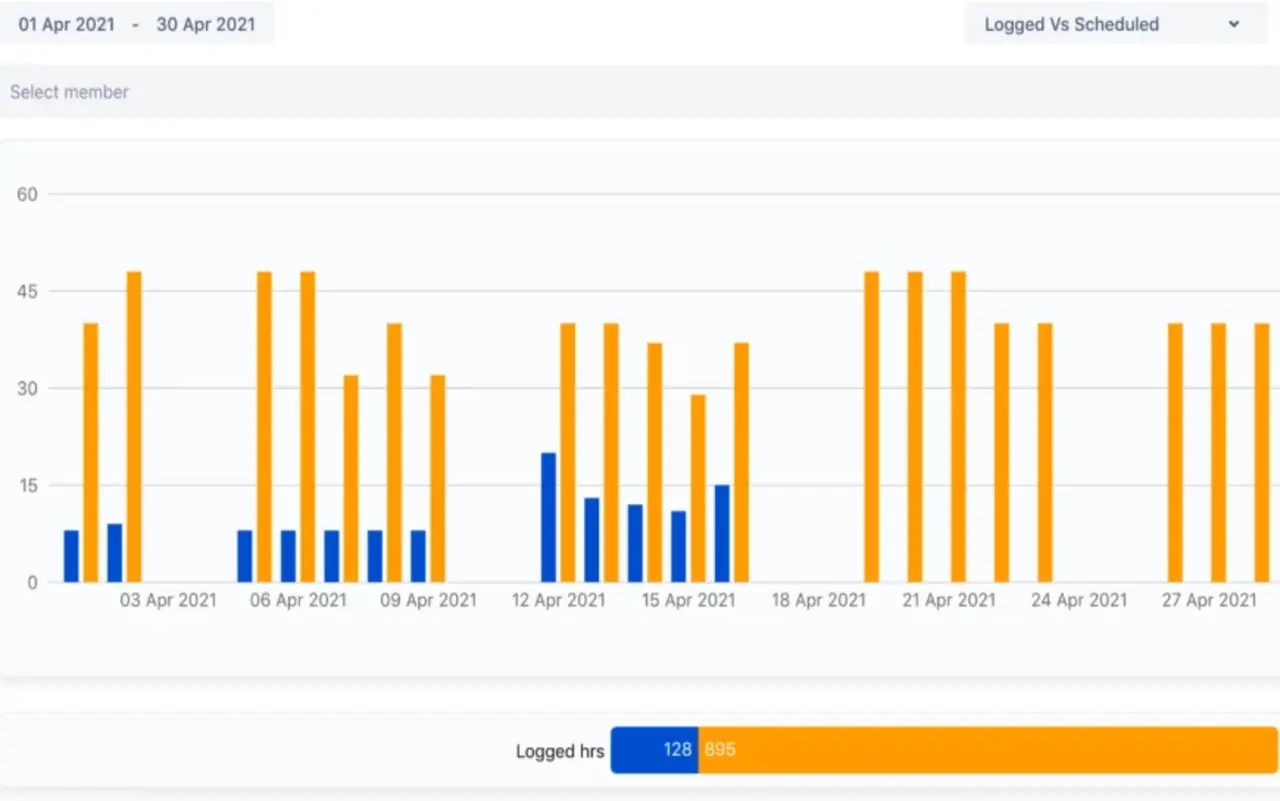
Why is Managing Project Budgets Important?
Project budget management estimates the funds required to complete a project. It’s an important tool that helps you plan and manage your resources.
Project budgets help you:
- Plan your project costs, schedule, and deliverables.
- Save money by controlling spending, monitoring costs, and adjusting plans before it’s too late.
- Avoid overspending by tracking actual expenses against your budget as the project progresses.
- Track progress towards achieving your business objectives through key performance indicators (KPIs).
What Does a Project Budget Include?
You must account for the following types of project costs when you track the project budget:
- Labor cost: Payroll taxes, perks, salaries, and wages make up the labor cost.
- Materials: Tools, software, and other supplies
- Transportation: Airfare and related expenses
- Consultancies and Research: Professionals or specialized groups like the legal or development
- Training: Seminars, workshops, or facilitators for tools and abilities associated with projects
These categories may shuffle or vary according to needs in project budgets. A construction project, for instance, is likely to place a much greater emphasis on materials than a merger or acquisition transaction. Financial resources may be spent more on worker training when implementing new technology than direct labor expenses.
Tips for Managing Project Budgets
Managing project budgets can be cumbersome, especially when you have multiple projects going on at the same time.
Here are some tips for managing project budgets:
Frequently Check and Adjust Your Budget
Budgets are fluid and frequently change during a project. To ensure that you’re on track with your spending, check in with your budget regularly — at least once every month or two — and make any needed adjustments. You may find that the scope of your project has changed, which could require additional funding. Or perhaps something unexpected happened during the execution phase that will impact your budget, such as an employee leaving unexpectedly or having trouble with vendor contracts.
Monitor Resource Usage
During resource allocation, keep track of how much money each team resource uses. This will help identify potential overspending or underutilization of resources that might be causing problems with meeting deadlines or costing more than expected. The reassignment of a developer should be considered when, for example, two developers are working on the same task. Still, only one developer is making progress because the other isn’t being productive during work hours.
Always Be Proactive
Never expect the project to proceed as planned without interruption once you’ve learned how to manage project finances. You will have a very dissatisfied client if you wait until someone points out a problem or if the project is finished and you are ready to offer the deliverables when you realize you have signed over the budget. Identifying the issues consuming more money than anticipated will enable you to keep the project budget manageable.
Create a Budget for Each Phase of Your Project
Consider labor and material costs when creating a budget for each project phase. Labor costs include salaries for employees who work on the project and any subcontractors needed during specific stages (such as web designers during development). Material costs include office supplies, furniture rentals, and other materials needed during each project phase.
Make a Thorough Project Plan
Firstly, outline the entire strategy. To avoid confusion later, all stakeholders should review and approve it. The budget must carefully match the process, ideally leaving an opportunity for a few modifications. Get assistance from a mentor or team member with experience if you’re writing your first project plan.
Include a Variety of Stakeholders
The dream is made possible by teamwork. This holds for both your project’s budget and the project itself. Involving your entire staff to help you stay within your budget is crucial. This will encourage team members to examine the project’s budget before purchasing, promoting a conscientious and healthy spending culture.
By involving everyone in project budget management, you can lower rogue spending, boost accountability, and guarantee minimum wasteful costs.
Try Project Management Software
You can track all project costs, including personnel, department, task, and work item costs, with reliable project management software. This enables you to better monitor costs to ensure your project stays within its budget. Hourly rates might be established for an entire project or at a high, general level for the whole company. Additionally, you can examine projects and actual staff hours in real-time, analyze burn rate and billing status for each project, and take note immediately when a project is deviating from its course and approaching its budgetary limit.
Conclusion
Throughout a project, monitoring and keeping track of your project expenditures is pretty straightforward in budget management.
Over- or under-estimating the time it will take to finish your project is the primary cause of budget problems. Knowing the amount of time each part of the project will take, you can calculate the project’s cost.
You must thus try TeamBoard ProScheduler. You can effectively manage your timeline calendar with the help of this all-in-one tool.


